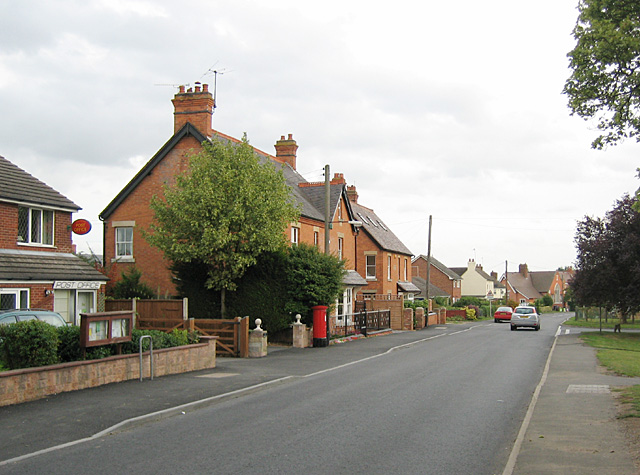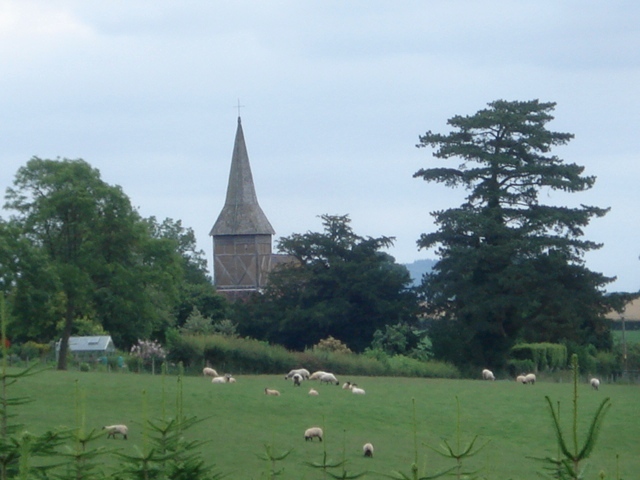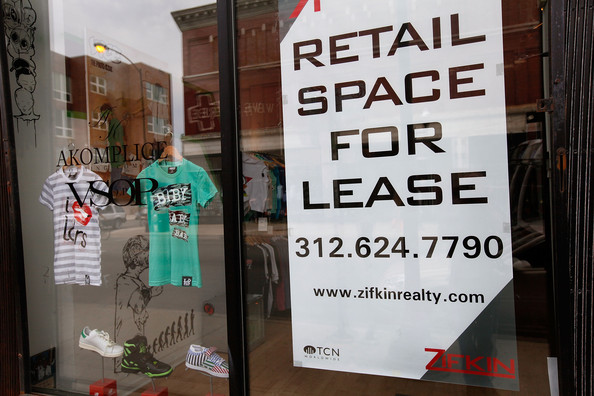|
Adam De Harvington
Adam de Harvington, also called Adam de Herwynton (c.1270-c.1345) was a fourteenth-century Crown official and judge who had a successful career in both England and Ireland. He held office as Chief Baron of the Irish Exchequer and Lord Treasurer of Ireland, and as Chancellor of the Exchequer of England, and acquired considerable wealth as a result.Ball, F. Elrington ''The Judges in Ireland 1221-1921'' John Murray London 1926 Vol.i p. 25 Family He derived his name from his birthplace, Harvington, Chaddesley Corbett, Worcestershire; he was the son of William de Harvington or de Herwynton.Ball pp.66-7 He probably held Harvington Hall itself as a tenant of the Earl of Warwick, and is said to have died there. He had a lifelong association with Pershore Abbey. William de Harvington, Abbot of Pershore 1307-40, was his cousin, and Adam in a lawsuit of 1419 was described as William's heir. De Herwynton seems to have been the most usual contemporary spelling of the name. Career His path ... [...More Info...] [...Related Items...] OR: [Wikipedia] [Google] [Baidu] |
Judge
A judge is a person who presides over court proceedings, either alone or as a part of a panel of judges. A judge hears all the witnesses and any other evidence presented by the barristers or solicitors of the case, assesses the credibility and arguments of the parties, and then issues a ruling in the case based on their interpretation of the law and their own personal judgment. A judge is expected to conduct the trial impartially and, typically, in an open court. The powers, functions, method of appointment, discipline, and training of judges vary widely across different jurisdictions. In some jurisdictions, the judge's powers may be shared with a jury. In inquisitorial systems of criminal investigation, a judge might also be an examining magistrate. The presiding judge ensures that all court proceedings are lawful and orderly. Powers and functions The ultimate task of a judge is to settle a legal dispute in a final and publicly lawful manner in agreement with substantial p ... [...More Info...] [...Related Items...] OR: [Wikipedia] [Google] [Baidu] |
Benefice
A benefice () or living is a reward received in exchange for services rendered and as a retainer for future services. The Roman Empire used the Latin term as a benefit to an individual from the Empire for services rendered. Its use was adopted by the Western Church in the Carolingian, Carolingian Era as a benefit bestowed by the crown or church officials. A benefice specifically from a church is called a precaria (pl. ''precariae)'', such as a stipend, and one from a monarch or nobleman is usually called a fief. A benefice is distinct from an allodial title, allod, in that an allod is property owned outright, not bestowed by a higher authority. Roman Catholic Church Roman imperial origins In ancient Rome a ''benefice'' was a gift of land (precaria) for life as a reward for services rendered, originally, to the state. The word comes from the Latin language, Latin noun ''beneficium'', meaning "benefit". Carolingian Era In the 8th century, using their position as Mayor of the Pa ... [...More Info...] [...Related Items...] OR: [Wikipedia] [Google] [Baidu] |
Will And Testament
A will or testament is a legal document that expresses a person's (testator) wishes as to how their property ( estate) is to be distributed after their death and as to which person ( executor) is to manage the property until its final distribution. For the distribution (devolution) of property not determined by a will, see inheritance and intestacy. Though it has at times been thought that a "will" historically applied only to real property while "testament" applied only to personal property (thus giving rise to the popular title of the document as "last will and testament"), the historical records show that the terms have been used interchangeably. Thus, the word "will" validly applies to both personal and real property. A will may also create a testamentary trust that is effective only after the death of the testator. History Throughout most of the world, the disposition of a dead person's estate has been a matter of social custom. According to Plutarch, the written will was ... [...More Info...] [...Related Items...] OR: [Wikipedia] [Google] [Baidu] |
Lord Chancellor Of Ireland
The Lord High Chancellor of Ireland (commonly known as Lord Chancellor of Ireland) was the highest judicial office in Ireland until the establishment of the Irish Free State in 1922. From 1721 to 1801, it was also the highest political office of the Irish Parliament: the Chancellor was Speaker of the Irish House of Lords. The Lord Chancellor was also Lord Keeper of the Great Seal of Ireland. In all three respects, the office mirrored the Lord High Chancellor of Great Britain. Origins There is a good deal of confusion as to precisely when the office originated. Until the reign of Henry III of England, it is doubtful if the offices of Irish and English Chancellor were distinct. Only in 1232 is there a clear reference to a separate Court of Chancery (Ireland). Early Irish Lord Chancellors, beginning with Stephen Ridell in 1186, were simply the English Chancellor acting through a Deputy. In about 1244 the decision was taken that there must be separate holders of the office in England ... [...More Info...] [...Related Items...] OR: [Wikipedia] [Google] [Baidu] |
Walter De Thornbury
Walter de Thornbury (died 1313) was an English-born statesman and cleric in 14th century Ireland who held the office of Lord Chancellor of Ireland. His efforts to secure confirmation of his election as Archbishop of Dublin were cut short by his death in a shipwreck. Biography Walter de Thornbury was born in Herefordshire, where he was later granted the manor of Wolferlow by the Mortimer family, with whom he was always closely associated. He was an executor of the will of Edmund Mortimer, 2nd Baron Mortimer, and was authorised by Edmund's widow Margaret de Fiennes to act as her attorney (jointly with Adam de Harvington, who like Walter was later to be a senior judge in Ireland) to recover her dowry, and other properties which had been held by Edmund. He was appointed guardian to their son Roger Mortimer, 1st Earl of March.Mortimer, Ian ''The Greatest Traitor- the life of Sir Roger Mortimer, 1st Earl of March'' Jonathan Cape 2003 Given Roger's later role as the usurper, and p ... [...More Info...] [...Related Items...] OR: [Wikipedia] [Google] [Baidu] |
Attorney At Law
Attorney at law or attorney-at-law, usually abbreviated in everyday speech to attorney, is the preferred term for a practising lawyer in certain jurisdictions, including South Africa (for certain lawyers), Sri Lanka, the Philippines, and the United States. In Canada, it is used only in Quebec as the English term for ''avocat''. The term has its roots in the verb '' to attorn'', meaning to transfer one's rights and obligations to another. Previous usage in Ireland and Britain The term was previously used in England and Wales and Ireland for lawyers who practised in the common law courts. They were officers of the courts and were under judicial supervision.A. H. Manchester, ''A Modern Legal History of England and Wales, 1750–1850'', Butterworths: London, 1980. Attorneys did not generally actually appear as advocates in the higher courts, a role reserved (as it still usually is) for barristers. Solicitors, those lawyers who practised in the courts of equity, were considered to ... [...More Info...] [...Related Items...] OR: [Wikipedia] [Google] [Baidu] |
Edmund Mortimer, 2nd Baron Mortimer
Edmund Mortimer, 2nd Baron Mortimer of Wigmore (c. 1251 – 17 July 1304) was the second son and eventual heir of Roger Mortimer, 1st Baron Mortimer of Wigmore. His mother was Maud de Braose. Life As a younger son, Edmund had been intended for clerical or monastic life, and had been sent to study at Oxford University. He was made Treasurer of York in 1265. By 1268 he is recorded as studying theology in the house of the Archbishop of York. King Henry III of England showed favour by supplementing his diet with the luxury of venison. The sudden death of his elder brother, Ralph, in 1274, made him heir to the family estates; yet he continued to study at Oxford. But his father's death eventually forced his departure. Edmund returned to the March in 1282 as the new Baron Mortimer of Wigmore and immediately became involved in Welsh Marches politics. Together with his brother Roger Mortimer, 1st Baron Mortimer of Chirk, John Giffard, and Roger Lestrange, he devised a plan to trap his ... [...More Info...] [...Related Items...] OR: [Wikipedia] [Google] [Baidu] |
Margaret Fiennes, Baroness Mortimer
Margaret de Fiennes (after 1269 – 7 February 1333), was a French noblewoman who married an English marcher lord, Edmund Mortimer, 2nd Baron Mortimer of Wigmore, and was mother of Roger Mortimer, 1st Earl of March.Douglas Richardson. ''Magna Carta Ancestry'', Genealogical Publishing Com, 2005. pg 247-49. Origins She was a daughter of Guillaume II de Fiennes (William II de Fiennes, Baron of Tingry; died 1302) and his wife, Blanche de Brienne, Baroness Tingry, Blanche, the daughter of Jean de Brienne (d. 1296), Grand Butler of France, and his first wife Jeanne, Dame de Chateaudun, Jeanne de Châteaudun (his second marriage was to Marie de Coucy, widow of King Alexander II of Scotland). Her grandfather, Sir John II of Brienne, was the third son of John of Brienne, King of Jerusalem and Latin Empire, Emperor of Constantinople, and his third wife Berengaria of León, which made Margaret a cousin of Queen Eleanor of Castile. Her paternal grandparents were Enguerrand II de Fiennes ... [...More Info...] [...Related Items...] OR: [Wikipedia] [Google] [Baidu] |
William Gainsborough
William Gainsborough was a medieval Bishop of Worcester. He was nominated on 22 October 1302 and consecrated on 28 October 1302. He died on 17 September 1307.Fryde, et al. ''Handbook of British Chronology'' p. 279 He was a Franciscan The Franciscans are a group of related Mendicant orders, mendicant Christianity, Christian Catholic religious order, religious orders within the Catholic Church. Founded in 1209 by Italian Catholic friar Francis of Assisi, these orders include t ... and had been Minister Provincial (head of the order) in England from 1285-1292 Order of Friars Minor in Great Britain Citations References * Bishops of Worcester[...More Info...] [...Related Items...] OR: [Wikipedia] [Google] [Baidu] |
Bishop Of Worcester
A bishop is an ordained clergy member who is entrusted with a position of authority and oversight in a religious institution. In Christianity, bishops are normally responsible for the governance of dioceses. The role or office of bishop is called episcopacy. Organizationally, several Christian denominations utilize ecclesiastical structures that call for the position of bishops, while other denominations have dispensed with this office, seeing it as a symbol of power. Bishops have also exercised political authority. Traditionally, bishops claim apostolic succession, a direct historical lineage dating back to the original Twelve Apostles or Saint Paul. The bishops are by doctrine understood as those who possess the full priesthood given by Jesus Christ, and therefore may ordain other clergy, including other bishops. A person ordained as a deacon, priest (i.e. presbyter), and then bishop is understood to hold the fullness of the ministerial priesthood, given responsibility by ... [...More Info...] [...Related Items...] OR: [Wikipedia] [Google] [Baidu] |
Anglican Diocese Of Worcester
The Diocese of Worcester forms part of the Church of England (Anglican) Province of Canterbury in England. The diocese was founded around 679 by St Theodore of Canterbury at Worcester to minister to the kingdom of the Hwicce, one of the many Anglo Saxon petty-kingdoms of that time. The original borders of the diocese are believed to be based on those of that ancient kingdom. Covering an area of it currently has parishes in: *the County of Worcestershire *the Metropolitan Borough of Dudley *northern Gloucestershire *urban villages along the edge of the south-east of the Metropolitan Borough of Wolverhampton *the Metropolitan Borough of Sandwell Currently the diocese has 190 parishes with 281 churches and 163 stipendiary clergy. The diocese is divided into two archdeaconries: *the Archdeaconry of Worcester *the Archdeaconry of Dudley On its creation the diocese included what is now southern and western Warwickshire (an area known as Felden). On 24 January 1837 the north a ... [...More Info...] [...Related Items...] OR: [Wikipedia] [Google] [Baidu] |
Lease
A lease is a contractual arrangement calling for the user (referred to as the ''lessee'') to pay the owner (referred to as the ''lessor'') for the use of an asset. Property, buildings and vehicles are common assets that are leased. Industrial or business equipment are also leased. Basically a lease agreement is a contract between two parties: the lessor and the lessee. The lessor is the legal owner of the asset, while the lessee obtains the right to use the asset in return for regular rental payments. The lessee also agrees to abide by various conditions regarding their use of the property or equipment. For example, a person leasing a car may agree to the condition that the car will only be used for personal use. The term rental agreement can refer to two kinds of leases: * A lease in which the asset is tangible property. Here, the user '' rents'' the asset (e.g. land or goods) ''let out'' or ''rented out'' by the owner (the verb ''to lease'' is less precise because it can r ... [...More Info...] [...Related Items...] OR: [Wikipedia] [Google] [Baidu] |






